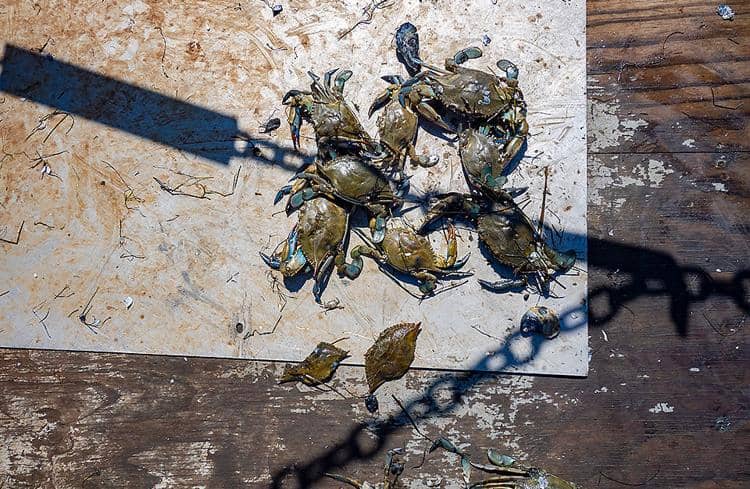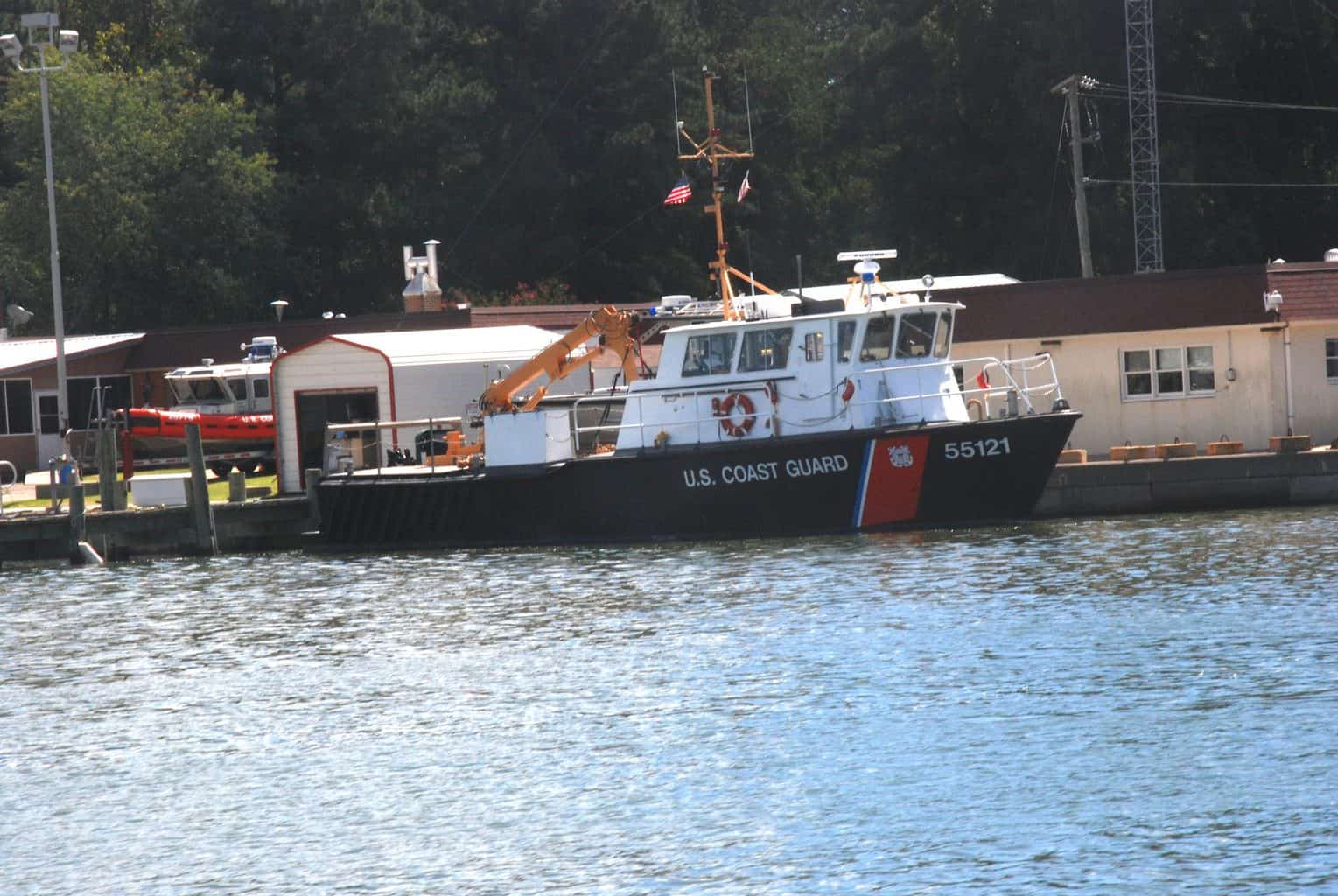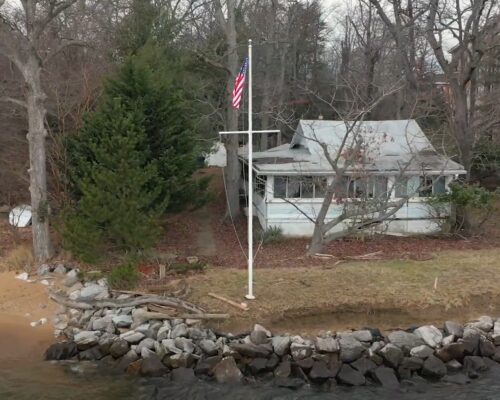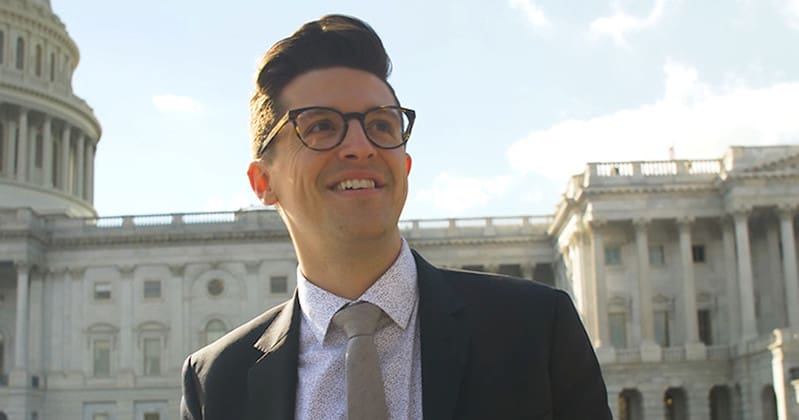By Jeremy Cox & Timothy B. Wheeler, Bay Journal News Service
A survey that historically has guided blue crab management in the Chesapeake Bay and its tributaries shows the population has dipped slightly but likely not enough to trigger new restrictions on this season’s harvest.
The annual winter dredge survey, released May 20, suggests that the crustacean’s numbers remain “healthy and robust,” despite the downturn, said Steven Bowman, head of the Virginia Marine Resources Commission, which oversees the state’s fishing regulations.
We don’t expect this will change our 2020 management measures for blue crab, and we will continue to manage blue crabs based on the best available science,” he added.
Officials in Maryland also emphasized the population’s resilience in their remarks on the report, but they stopped short of indicating how it might influence their management decisions.
The dredge survey results suggest that crabs should be available in their “normal capacity,” said Genine McClair, blue crab program manager for the Maryland Department of Natural Resources. The department conducts the survey jointly with the Virginia Institute of Marine Science.
“We’re in a place where we want to be,” McClair said. The overall population of 405 million was in line with the average number of crabs counted during the survey’s 30-year run.
Biologists use dredge equipment to capture crabs at 1,500 sites throughout the Chesapeake Bay from December through March. They were just able to complete their work before the lockdowns began in late March, McClair said.
By every significant measure, this year’s numbers pale compared with last year’s study. But most were still above the level that scientists consider safe to sustain the population.
For example, adult females, a key indicator of future reproductive capacity, fell by more than a quarter to 140 million. That is below the 215 million target set by scientists but still twice the minimum safe total of 70 million.
The female population has been above that threshold for nine of the last 10 years, a sign that the species’ spawning pool is not in the danger zone, officials say.
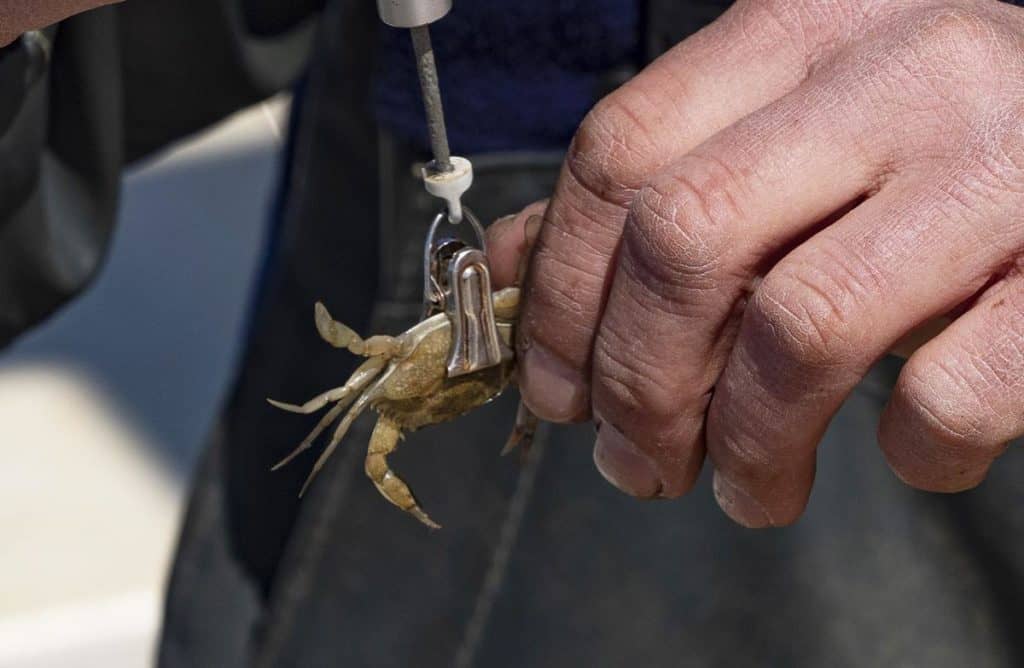
Much of this year’s decrease was because of a drop in this year’s “juvenile” class, which was down 43%. “That doesn’t sound good for this fall and next spring,” when the newcomers will finally grow large enough to harvest, said Billy Rice, a waterman from Charles County, MD.
Regulators and environmentalists attribute the crab’s overall rebound to measures implemented in Maryland and Virginia waters after the U.S. Department of Commerce declared the fishery a disaster in 2008.
Reactions to the survey, from environmentalists to watermen, appeared upbeat when contrasted against this season’s turmoil.
Massive, state-enacted lockdowns shuttered restaurants to slow the spread of the coronavirus just days before the April 1 opening of the season. Poor weather sidelined watermen for much the first month, and a shortage of temporary foreign work visas has left many crab processors shorthanded.
Still, demand for crabs has skyrocketed in recent weeks at seafood markets, grocery stores and restaurants offering carryout service, industry leaders said. Meanwhile, the harvest continues to trend behind where it was at the same time last year.
The combination of low supply and high demand has created a “price war,” said Jason Ruth, owner of Harris Seafood Co. in Grasonville, MD. He estimates that the prices paid at the dock — which jumped from $200 to $220 per bushel between May 19 and May 20, according to industry sources — are 60% higher than at any point in the company’s history.
Robert Newberry, executive director of the Delmarva Fisheries Association, was flabbergasted by the going rate of a bushel.
“Do you believe that?” he asked. “I can’t believe it. I’ve never seen crab prices this high in my life — ever. If they’re $200 coming off the boat, they need a Brinks truck to be delivering these crabs.”
The high prices have put processors in even more of a pinch, Newberry said, because they can’t sell the meat they pick to consumers for as much as it costs for them to buy the crabs from watermen.
Watermen in Virginia and Maryland say crabs have been spotty but not that plentiful this spring, which they blame on chilly, windy weather that’s hung on through April into May.
“From what I generally see, this is probably the worst year I’ve had in 15–20 years,” said J.C. Hudgins, president of the Virginia Waterman’s Association. Hudgins said some watermen had brief success harvesting crabs in a couple spots near the mouths of the Rappahannock and York rivers, but otherwise the catch has been poor.
But what he has been able to catch has brought “exceptionally good” prices from the seafood businesses selling live or steamed crabs. Hudgins said female crabs have been going for $90 to $100 per bushel dockside, where last year they sold for only about $25 a bushel.
Watermen say they don’t expect the high prices to persist through the season. As the weather warms this summer, crabs will become more active and start filling watermen’s pots in bigger numbers.

